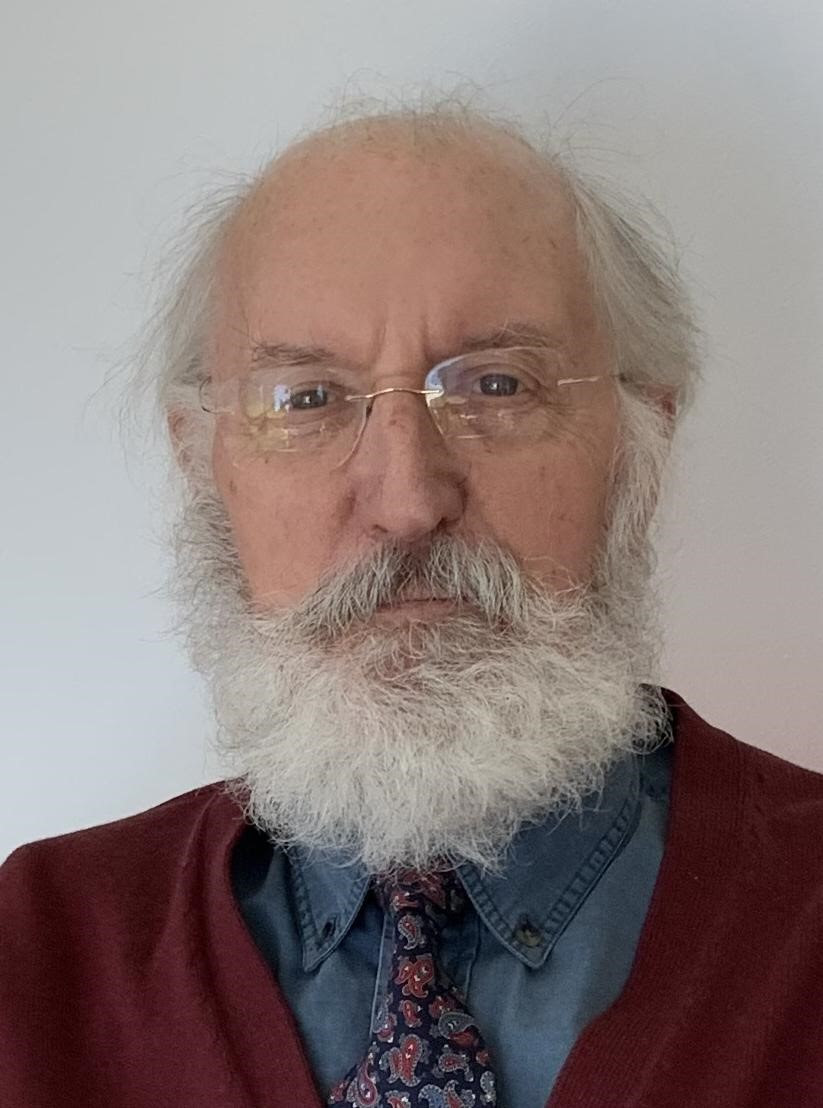Working on a climate change project or planning community-led work in planetary health and social determinants of health? Or maybe you and your Indigenous community or organization aims to connect youth with Elders and Knowledge Keepers to visit with each other to learn about the land and talk about the effects of climate change on the earth.
NOSM University has an opportunity for you.
You may be eligible to apply for funding from NOSM University’s Centre for Social Accountability (CFSA). The $10K Social Accountability Challenge will award $10,000 to 10 community-based organizations with a focus on climate change. Five organizations will be selected for planetary health related projects and five will be selected for Indigenous climate change projects that empower youth.
It’s easy to apply! Simply send an application form by email to 10kchallenge@nosm.ca. Guidelines for the application and eligibility requirements can be found on the CFSA website.
The deadline to submit a letter of intent is Monday, June 6. Those selected will be invited to submit a full application by June 27. The successful projects will be featured in a year-end NOSM University video and across our social media channels next year.
Join the NOSM University $10K Challenge today and become a recognized changemaker in your community. We look forward to supporting you!
For more information, visit the NOSM University Centre for Social Accountability or email 10kchallenge@nosm.ca.
-30-
About NOSM University
NOSM University is Canada’s first independent medical university and one of the greatest education and physician workforce strategy success stories of Northern Ontario. More than just a medical university, it was purpose built to address the health needs of the region. While advocating for equitable access to care, the university contributes to the economic development of Northern Ontario. NOSM University relies on the commitment and expertise of the peoples of Northern Ontario to educate health-care professionals to practise in Indigenous, Francophone, rural, remote and underserved communities. With a focus on diversity, inclusion and advocacy, NOSM University is an award-winning, socially accountable organization renowned for its innovative model of distributed, community-engaged education and research.
About Centre for Social Accountability
The Centre for Social Accountability (CFSA) is the first of its kind in Canada. It is a model for multidisciplinary, community-led, and community-prioritised health and public health multidisciplinary research. The NOSM CFSA is advancing social accountability research globally and locally by working and collaborating with diverse stakeholders in the broad areas of health professional education, health system transformation, health human resources, social and population health, and social determinants of health. The Centre is home to research networks, such as NORTHH and MERLIN, which focus on building capacity and providing tools for change.
About the Shkagamik Kwe G’nandwegonah (mother Earth is Healing Us) Project
We are a group of people who share what we have found people to believe are Ancient Ways and knowledge of living a good life, known as mino bimaadiziwin. We realize that different people have different teachings or views. We share what we have permission to share on a website. We have created this website https://www.seven-grandfathers.ca/ for all people who are interested in learning about the Anishinaabe People and Shkagamik Kwe (Mother Earth).
For application information, please contact:
Dr. Erin Cameron, PhD
Academic Director, Centre for Social Accountability
NOSM University
Phone: 807-631-1682
Email: ercameron@nosm.ca
Dr. Marion Maar, PhD
Associate Professor, Medical Anthropology, Human Sciences Division
NOSM University
Phone: 705-280-0509
Email: mmaar@nosm.ca




